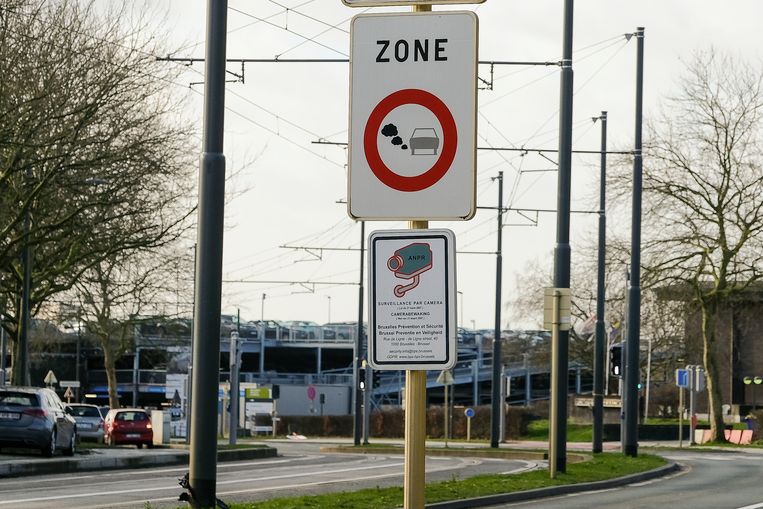Low emission zone: since 2018 polluting cars in Brussels are being phased out
![]() since 2018
since 2018 ![]() Brussels-Capital Region
Brussels-Capital Region
Since 1 January 2018, the Brussels Region has become a Low Emission Zone. This means that the most polluting vehicles are no longer allowed in the city.
Thanks to this decision from 2016, Brussels has put itself on the list of cities where air quality is a policy priority. In 2018, the Low Emission Zone was implemented by the (previous) Brussels government. The current Brussels government confirms the ambition and timing.
De luchtkwaliteit in onze stad is al jaren ondermaats en dit heeft enorme gevolgen voor de gezondheid van de Brusselaars. Jaarlijks sterven meer dan 600 Brusselaars vroegtijdig door slechte luchtkwaliteit. De Brusselse overheid wil hierin een voortrekkersrol spelen en elke Brusselaar moet zijn bijdrage leveren. De (vorige) Brusselse regering besliste in 2016 om van Brussel een Lage Emissiezone te maken. Sinds 1 januari 2018 is onze stad ook in praktijk een Lage Emissiezone. Tegen 2030 zullen alle Dieselmotoren uit de stad worden geband en tegen 2035 alle Benzinemotoren. Op 24 juni werd deze timing bevestigd door de huidige Brusselse regering.
The Low Emission Zone is an important instrument to combat air pollution in Brussels. It creates the legal framework to deny polluting cars access to the city.
Since 1 January 2018, diesel vehicles with emission standards Euro 0 and 1 are banned. One year later, diesel vehicles up to Euro 2 and petrol-powered vehicles with Euro 0 and 1 have been added to that list, and since January 2020, this is also the case for diesels with Euro 3.
Air pollution drops by 10% in first year
Less polluting vehicles in traffic means less air pollution. Between 2018 and 2019, an average decrease in nitrogen dioxide (NO2) of 10% has been observed.
In a year, emissions from all cars in traffic has dropped by around 11% for nitrogen oxides (NOx), 11.5% for particulates (PM2.5) and 77% for black carbon (BC or soot). The emissions of vans in circulation have decreased by about 3.5% for NOx, 21% for PM2.5 and 73% for BC.
The Region controls the vehicles by using intelligent cameras with an automatic number plate recognition system.
By creating a Low Emission Zone, Brussels has joined various other European cities that make a priority of air quality.
More information: lez.brussels.


